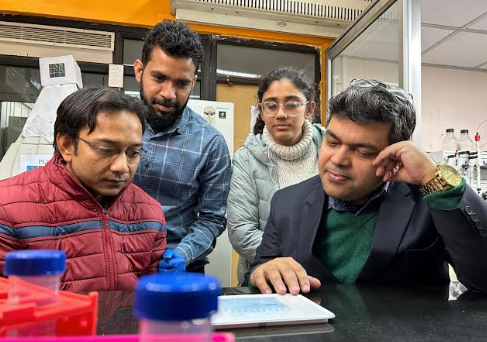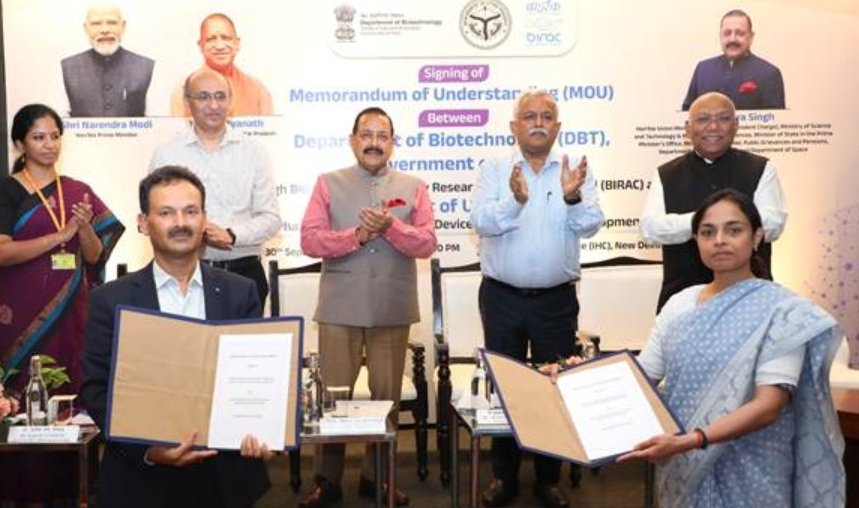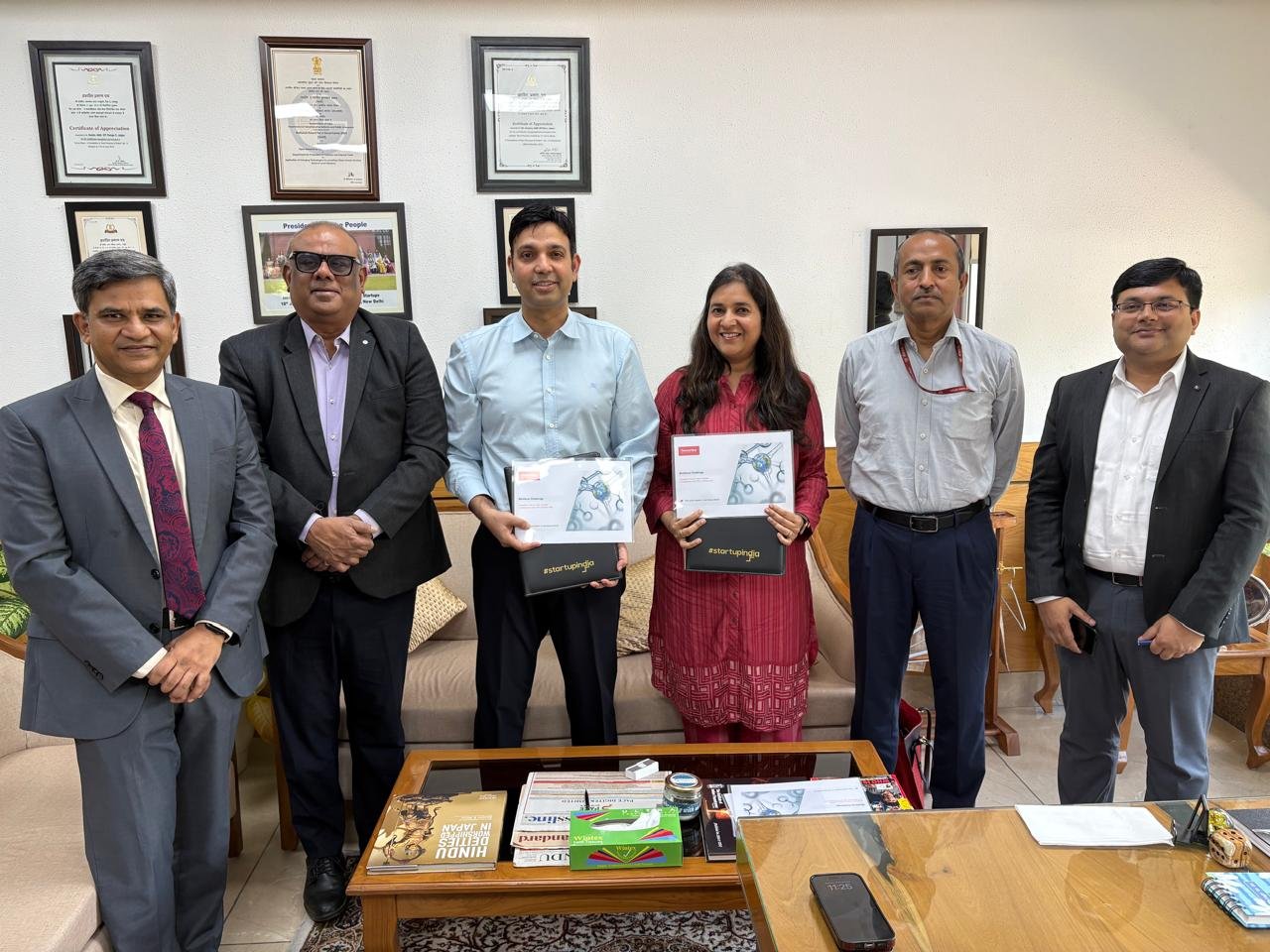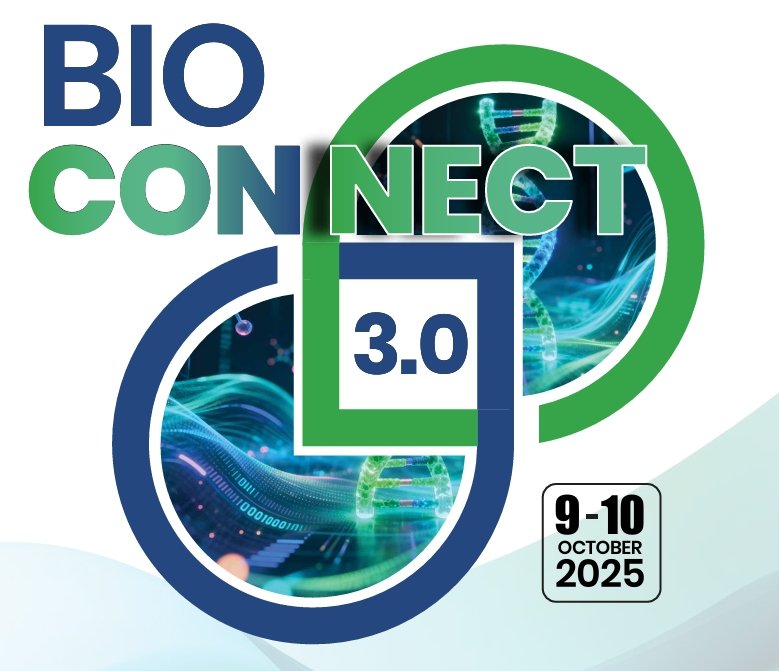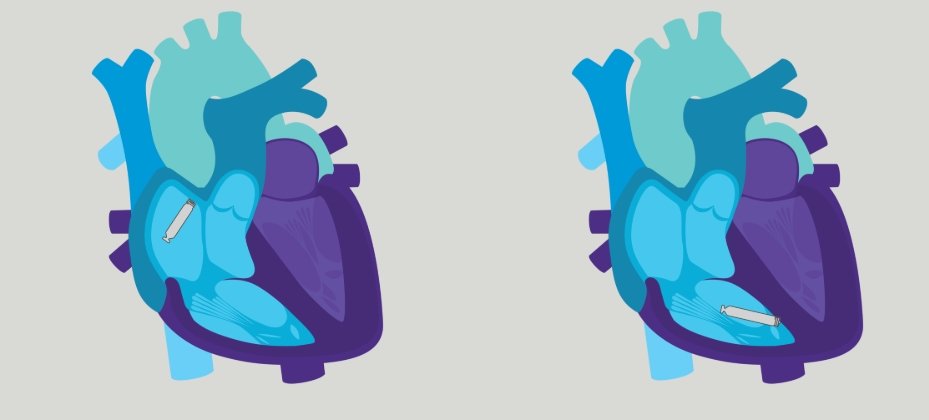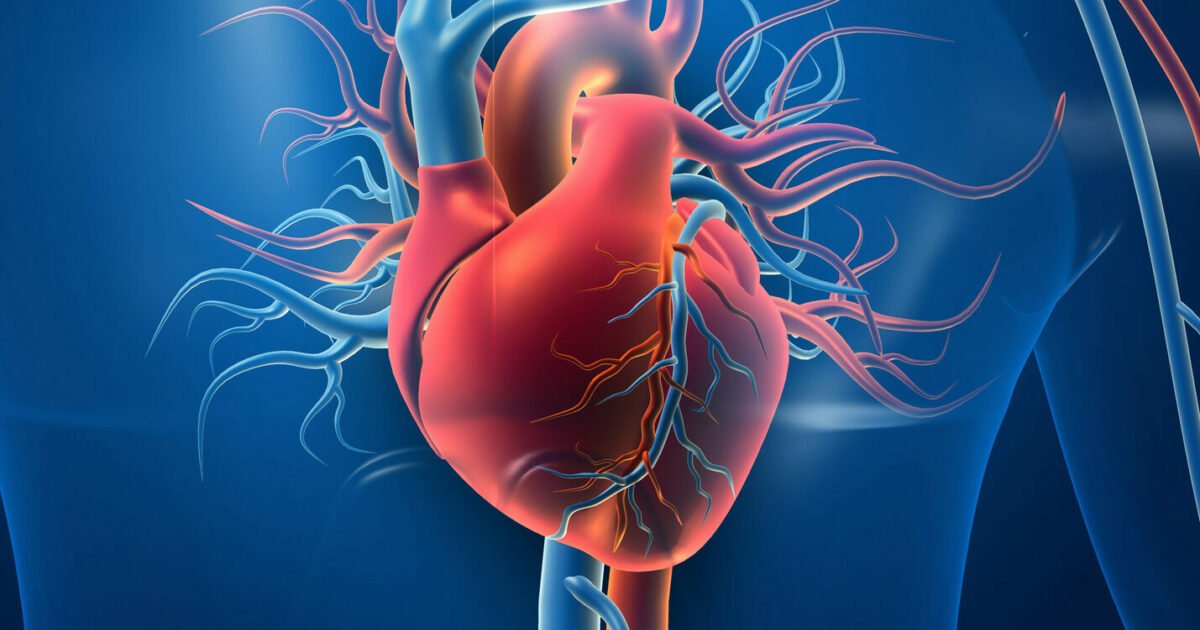Landmark research by IIT-K offers new hope in cancer and brain disorders
January 05, 2024 | Friday | News
Ground-breaking findings on Receptor Proteins published in international journal, Science
The Indian Institute of Technology Kanpur (IIT-K) has achieved a breakthrough in biomedical research, with a study of G protein-coupled receptors (GPCRs) and chemokine receptor D6, shedding new light on the potential treatment of cancer and brain disorders such as Alzheimer’s disease, Parkinson’s disease and schizophrenia.
The researchers visualised the atomic details of the receptors. The information from this major advance opens up the possibility of designing new drug-like molecules to modulate these receptors under disease conditions. This landmark work has been recognised internationally with its publication in the prestigious international journal, Science.
This study saw researchers from across the world joining hands with IIT-K to ensure the success of this research project. The research team included Fumia Sano, Wataru Shihoya and Osamu Nureki from Tokyo, Japan; Tomasz Stepniewski and Jana Selent from Barcelona, Spain; Mohamed Chami from Basel, Switzerland; and Longhan Duan and Ka Young Chung from Suwon, Republic of Korea.
The researchers used a high-tech method called cryogenic-electron microscopy (cryo-EM) to create detailed three-dimensional images of the receptors. This allowed them to study the 3D images of the receptors at the molecular level in great detail, helping to identify and design new drug-like molecules to correct problems with these receptors that cause disease conditions.
The findings of the new research from IIT Kanpur will help in a greater understanding of the working of these receptors and lead to the development of new therapeutic approaches and targeted treatments for conditions such as Alzheimer's, which affects over 50 million people worldwide, and cancer, responsible for over 10 million deaths annually. The results of the research will now facilitate the development of new drug-like molecules that can be tested for their therapeutic potential in animal models.


